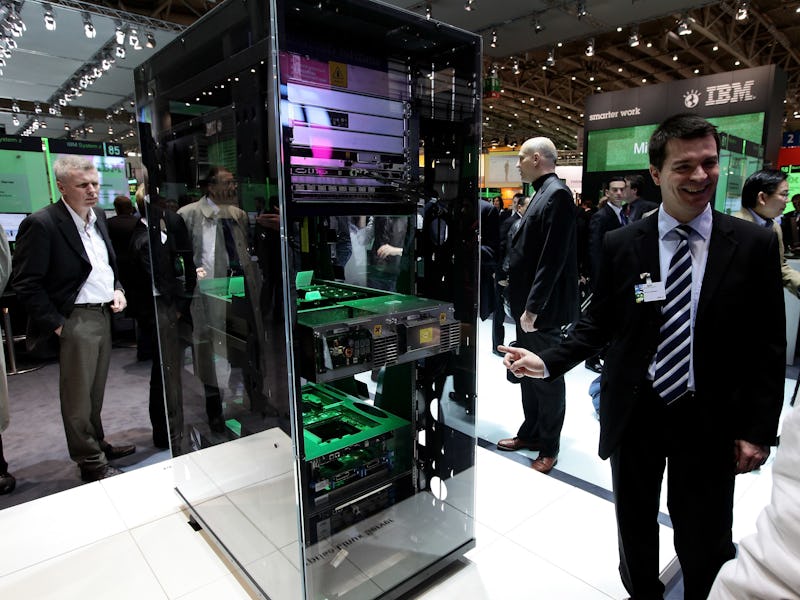Linux Began Its Invisible Conquest of Computing 25 Years Ago
The operating system is now everywhere.

On September 17, 1991, a volunteer administrator for the FTP server shared by Finland’s universities uploaded the kernel of a new, open-source operating system. The administrator, Ari Lemmke, did so on behalf of his friend, a computer science student at the University of Helsinki. There was just one small problem: Lemmke didn’t like Freax, the name his friend had given the operating system. “Freax” was meant as a portmanteau of “free,” “freak,” and the operating system’s spiritual ancestor, Unix, but this didn’t sway Lemmke. Instead, he renamed Freax after its inventor, Linus Torvalds. The operating system went out into the world as Linux, and the rest is history.
It’s now exactly a quarter-century later, and Linux has won. Oh sure, it’s still a relative rarity on personal computers. Data from earlier this year shows that just 1.8 percent of desktop computers use Linux. Although Microsoft Windows crushes Linux with 89.7 percent of all desktops, Linux really isn’t that far away from the 8.5 percent of desktop computers running Mac OS. Sure, Linux is the third operating system when it comes to computers, but it’s more down to Apple’s branding than anything else that we think of this as a two-system race in the first place.
But personal computers constitute just one aspect of computing, and it’s pretty much the only one that Linux doesn’t totally dominate. Take smartphones: Google’s Android system is descended from the original Linux kernel, meaning every Android phone is fundamentally a Linux device. The precise numbers vary, but Android probably runs on about 80 percent of all the world’s smartphones and 60 percent of all the world’s tablets. Sure, Windows or the Mac OS might be the system waiting for people when they sit down at their desks, but odds are the operating system they carry around in their pocket, play around with when bored, and take to bed with them even when they really, really shouldn’t? That’s Linux.
Venturing onto the internet means entering a world dominated by Linux, especially with the biggest websites. Of the top million most visited web domains, nearly 97 percent run Linux web servers, compared with just 1.7 percent that run Windows. The number isn’t quite so ridiculous as you increase the total number of web domains beyond the top million, but we’re still very much living in a Linux universe — Microsoft’s own Steve Ballmer once estimated that 60 percent of all servers run Linux, compared with just 40 percent for his company’s Windows server.
Linux isn’t an easy operating system to get the hang of, which is why cracking even two percent of personal computers would represent one hell of a milestone. But it’s a powerful, versatile system that is nimble enough to deal with computing challenges that would flummox the more one-size-fits-all Windows and Mac operating systems.
Think of it this way: Microsoft and Apple set out to create operating systems that anyone could use. Linus Torvalds set out to create a system that anyone — provided, that is, they’re willing to do some serious learning — can take and recreate as they see fit. The Linux that’s inside all Android phones is very different from the Linux that runs most of the world’s most-visited websites, which is very different again from the Linux that some 95 percent of Hollywood animation studios and visual effects companies use in their work, and all of them are as different from Torvalds’ original Linus kernel as Homo sapiens is from Australopithecus.
But then, that’s exactly what Torvalds set out to do when he had his friend upload his operating system 25 years ago today. He hadn’t counted on his name being quite so intimately associated with the project, but Ari Lemmke was right: Freax is a silly name. Linux? Linux is the conqueror of all computing.